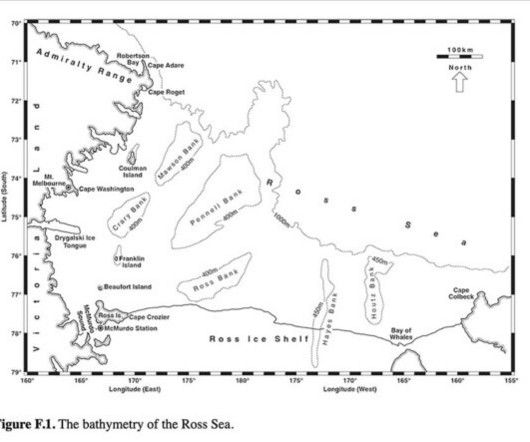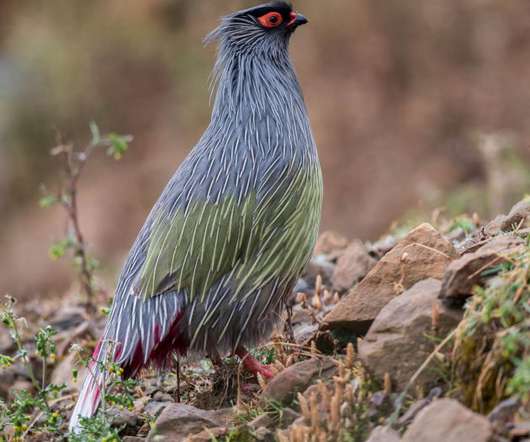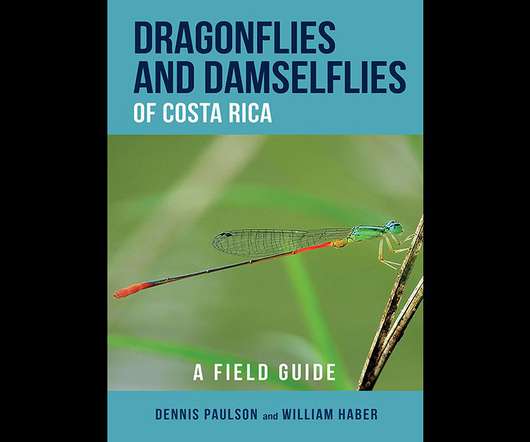Potpourri of Amazing Bird Science
10,000 Birds
FEBRUARY 17, 2015
The potpourri covers some interesting bird related science of the last few weeks, and the promise is this: I’ll get to that other stuff soon, I promise! Researchers are wondering if the die-off might spread to other birds or even fish. This is not something I needed to tell you but there is some new research.












Let's personalize your content